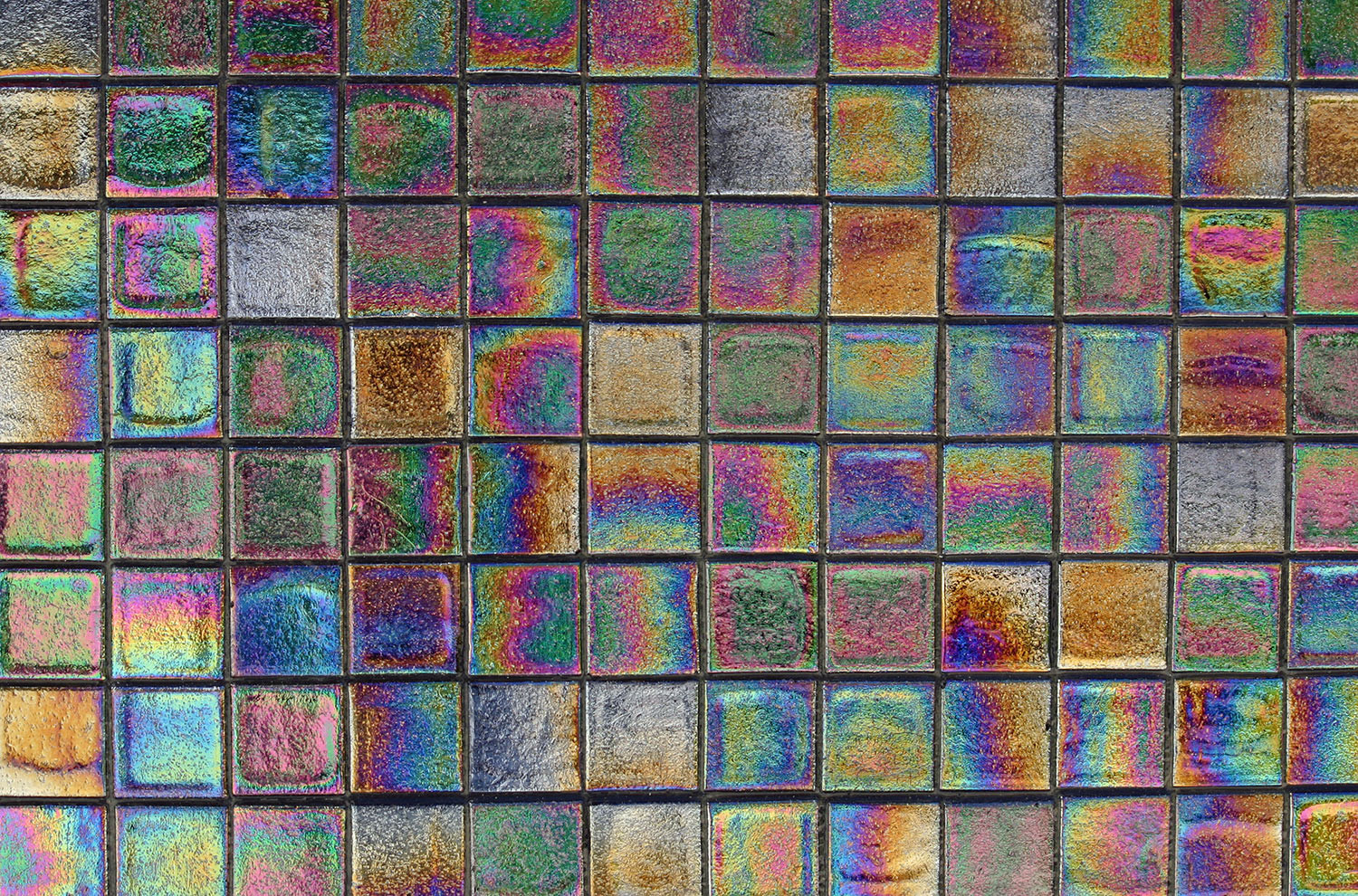
Make Space to Create in Every Work Culture
Does your work culture reward efficiency, time sheets and billable hours or does it honor unbillable time to develop innovation? Maybe you don’t think these two ideas are mutually exclusive, and you’re right, but many companies still prize the value of efficiency over producing disruptive thinkers in their workforce and they’re missing out.
In fact, some fairly traditional organizations, large and small, are talking big about disruption, yet struggling with what it means. These companies are holding on to future-forward values to attract the right people and find disruptors within the herd, yet the innovators they have are under utilized.
What does a disruptive thinker look like? This person can seem like the one throwing a wrench into seemingly unanimous group think – original thinkers. The curious and empathetic. I like to think of them as creative outliers.
When companies promote these creative outliers who shake up the status quo, they need to be given a long leash, with the breathing room to ideate. Yet these out-of-the-box thinkers also need to be agile enough to meet each company squarely where they are, while working on moving the needle steadily. It’s a balance that both sides need to understand, and they need to work together with clear communication to make the give-and-take successful.
All companies need these people, especially leaders and influencers, who can walk the walk and plan for an uncharted (blue-ocean) future. Especially since some of the best (and most meaningful) discoveries on earth were not by design, they were mistakes. Disruptors, whether on purpose or not, are the ones to change the face of industries with their ideas.
In today’s market, traditional companies are moving toward a more risk-reward environment for innovation’s sake. Not only is it to remain relevant and profitable, it’s also to ensure they are attracting, training and retaining the right (hopefully diverse) mix of cross-generational talent. Including Gen X, our cyborg-minded crews of Gen Y, Millennials and Gen Z.
So, where are your disruptors hiding and how can you help them thrive?